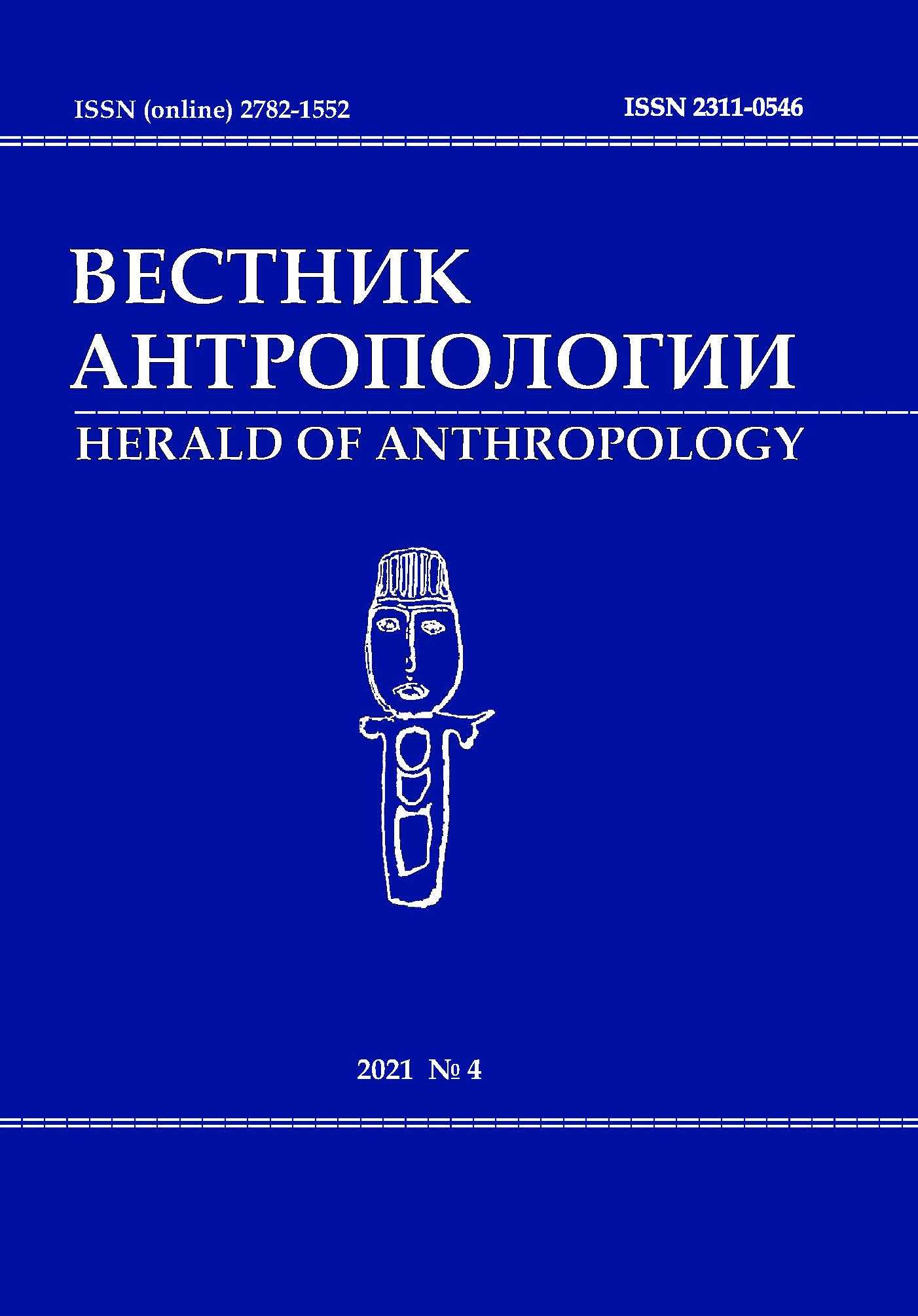“Emancipation of the Eastern Woman” in the 1920s: Ideology, Practice, and Cinematography
DOI: 10.33876/2311-0546/2021-4/215-229
Keywords:
Hujum, ideology, cinematography, image of women, Uzbek cinemaAbstract
In the 1920s, the Soviet government made a serious attempt to deconstruct the patriarchal idea of female subordination, empower women and cut traditional ties with archaic traditions that had existed for centuries in Central Asia. This policy was embodied in the Hujum movement, often symbolized by the burning of the face-veil – paranji. Central Asian films (silent cinema) served the new ideology and were dedicated to an Eastern woman who is both traditional and seeking a new life. Since female characters personified socio-political transformations, significant changes in the social status of women were directly related to their artistic representation. In this regard, Uzbek films of the 20s are highly illustrative ("Muslim Girl", "Second Wife", "Jackals of Ravat", "The Veil", "The Leper Girl", etc.) The author shows that these films are based on a direct binary opposition ("new-good-Soviet", "old-bad-traditional"), similar plots, orientalism (none of the film directors were local), partial mythologization, and purposeful character construction. Female characters have no choice but to follow the "liberation" path of a Muslim woman.
For Citation: Khan, O. 2021. "Emancipation of the Eastern Woman" in the 1920s: Ideology, Practice and, Cinematography. Herald of Anthropology (Vestnik Antropologii) 4: 215-229.





















